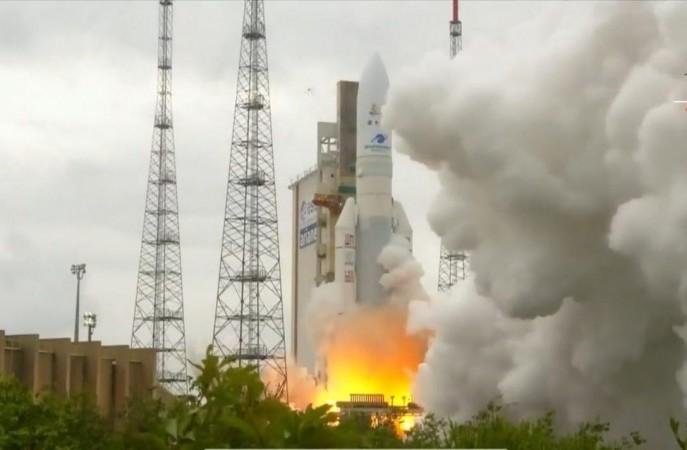NASA is set to reveal rare celestial objects, taken by the James Webb Space Telescope, like one of the largest and brightest nebulae in the sky, a giant planet outside our solar system composed mainly of gas, and first compact galaxy group ever discovered in 1877, among others.
The US space agency will showcase these cosmic objects on July 12 and each image will simultaneously be made available on social media as well as on the agency's website.
These targets represent the first wave of full-colour scientific images and spectra the observatory has gathered, and the official beginning of Webb's general science operations, the space agency said in a statement late on Friday.
The Carina Nebula is one of the largest and brightest nebulae in the sky, located approximately 7,600 light-years away in the southern constellation Carina. Nebulae are stellar nurseries where stars form.

"The Carina Nebula is home to many massive stars, several times larger than the Sun," said NASA.
"WASP-96 b" is a giant planet outside our solar system, composed mainly of gas.
The planet, located nearly 1,150 light-years from Earth, orbits its star every 3.4 days. It has about half the mass of Jupiter, and its discovery was announced in 2014.
The Southern Ring, or "Eight-Burst" nebula, is a planetary nebula - an expanding cloud of gas, surrounding a dying star.
It is nearly half a light-year in diameter and is located approximately 2,000 light years away from Earth.
"About 290 million light-years away, Stephan's Quintet is located in the constellation Pegasus. It is notable for being the first compact galaxy group ever discovered in 1877. Four of the five galaxies within the quintet are locked in a cosmic dance of repeated close encounters," informed NASA.

The James Webb Space Telescope is the world's premier space science observatory.
"Webb will solve mysteries in our solar system, look beyond distant worlds around other stars, and probe the mysterious structures and origins of our universe and our place in it," said NASA.

















